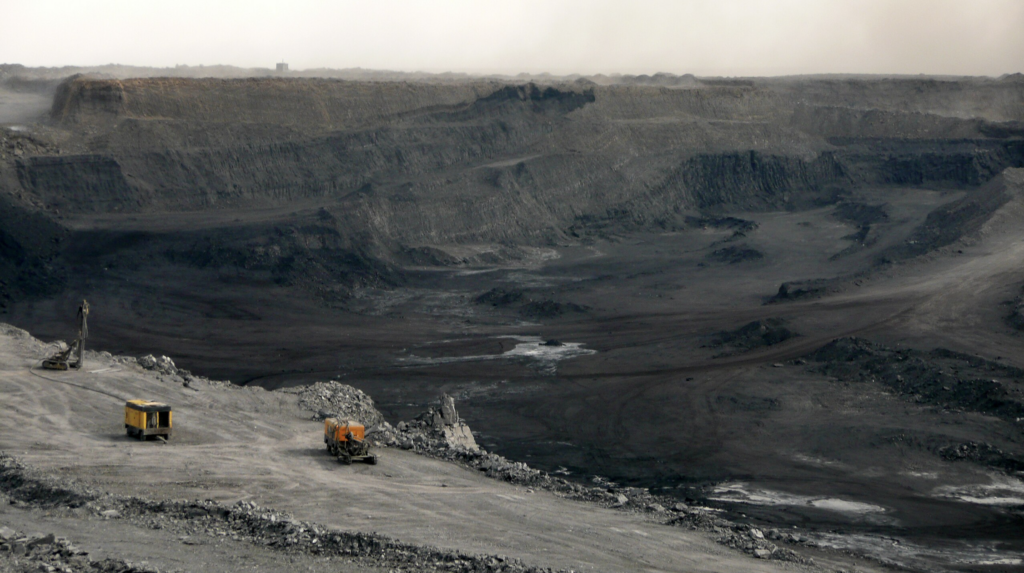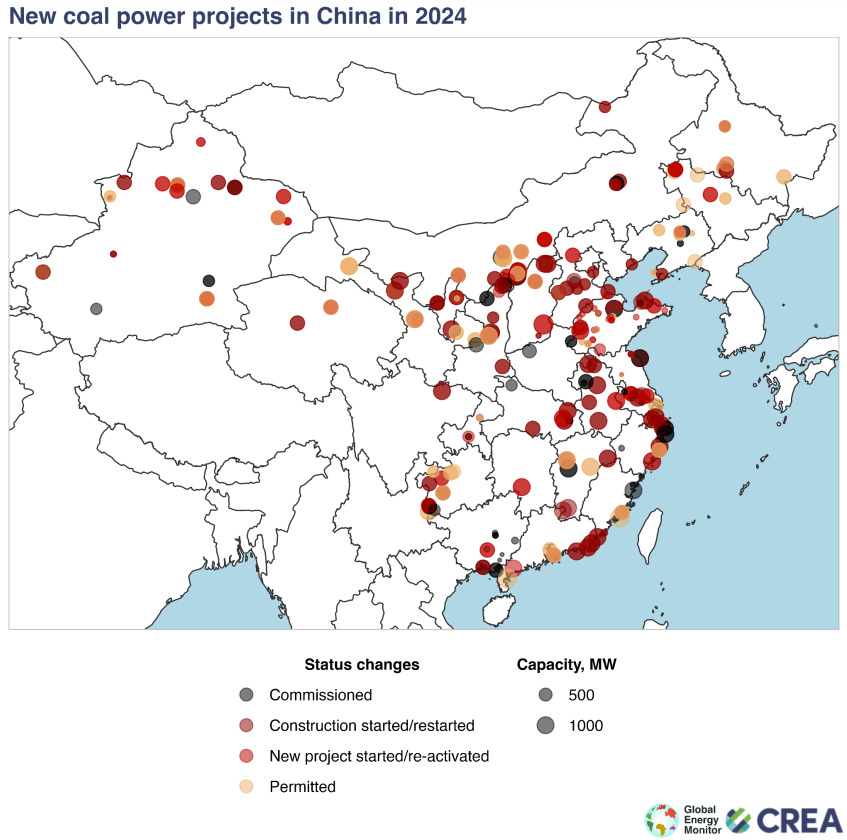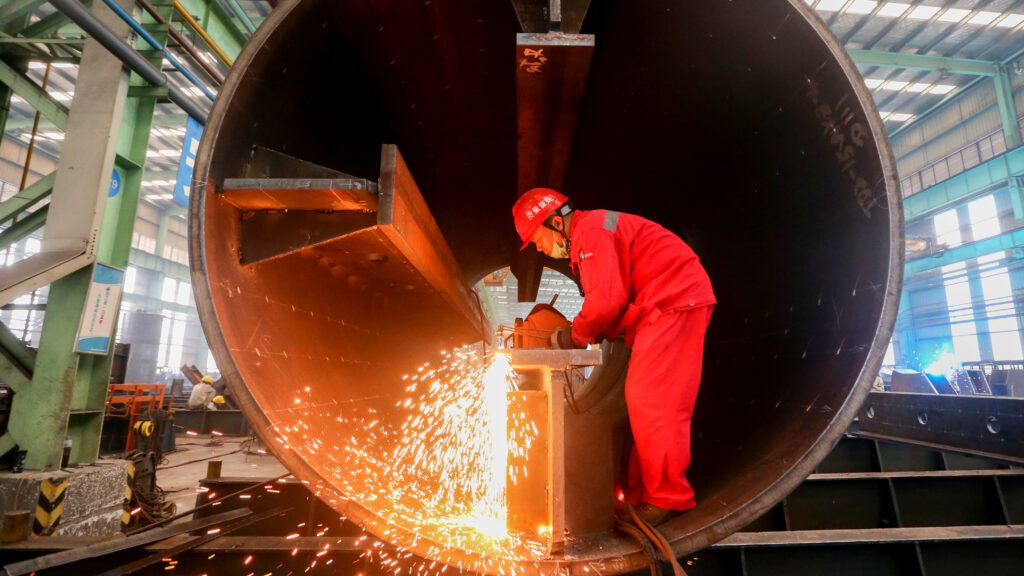China is launching a campaign targeting production safety accidents in coal mines following a newly enacted administrative regulation focused on the problem.
The regulation was passed at the executive meeting of the State Council, China’s Cabinet, last December and will be implemented in May.
Huang Jinsheng, head of the National Mine Safety Administration, said at a news conference held by the State Council Information Office on Sunday that coal mining, a traditionally high-risk industry, has always been a priority for production safety officials.
He emphasized that as the nation seeks to further its socioeconomic development, there have been outstanding issues in coal mine production, such as the “inadequate implementation of safety production responsibilities, incomplete investigations, lax oversight of risks and hidden dangers, and an imperfect management system”.
The latest regulation was formulated against this backdrop, said Huang, noting that it’s a foundational regulation in mining production safety, comprehensively summarizing the results of safety work in the field in recent years.
“The adoption of the regulation will help further implement the primary responsibility of coal mine enterprises in terms of safety production, and further strengthen supervision and monitoring responsibilities,” he said.

A miner works at a coal mine in Lyuliang, Shanxi province. [Photo/China News Service]
Production accidents in coal mines across the country have occurred frequently in recent times.
In November, there was a major gas explosion at a coal mine in Heilongjiang province. The following month in Heilongjiang, there was an underground mine cart accident at another mine. The combined accidents resulted in 23 deaths and 13 injuries.
Also last month, another explosion happened at a coal mine in Henan province, causing 16 fatalities.
According to the nation’s chief mining production regulator, the regulation clearly stipulates that coal mine production should prioritize people’s lives and property, adhering to the principle of “safety first”.
The regulation requires coal mine enterprises to regularly conduct safety inspections of their mines, marking the first time the relationship between coal mine enterprises and mines has been explicitly defined in administrative regulations.
The regulation also specifically demands that governments at the county level and above supervise and inspect coal mine enterprises, especially front-line production workplaces, said Huang, stressing that doing so increases the accountability of government officials.
It’s worth noting some local governments have allowed mines lacking safety guarantees to operate to ensure coal production and supply. Some grassroots governments “turn a blind eye” to illegal activities in coal mines within their jurisdictions, “even providing protection”, according to another senior mining supervision official.
Zhou Dechang, deputy head of the NMSA, underscored that safety must come first before ensuring coal production and supply.
“They (local governments) cannot knowingly allow mines with significant safety risks to operate without shutting them down. Once a production safety accident occurs, ensuring coal mine production and supply is not an excuse to evade accident responsibility,” he said.
“Those who are directly responsible must be held accountable, and those suspected of illegal crimes should be transferred to judicial authorities for criminal prosecution.”
Some local coal mine enterprises prefer to pay the relatively low cost of the fines rather than comply with the law, production regulators said.
Xue Jianguang, director for policy and regulation at the NMSA, said penalties imposed by previous laws and regulations were too light.
To address this, the regulation further increases the cost of illegal activities for enterprises, including raising the minimum amount of fines, Xue said.
“According to China’s Production Safety Law, the minimum fines for enterprises involved in minor accidents is 300,000 yuan ($42,100); in relatively big accidents, 1 million yuan; and in major accidents 2 million yuan,” he said. “The new regulation raises these minimum fines to 500,000 yuan for minor accidents, 1.5 million yuan for relatively big ones and 5 million yuan for major ones.”








